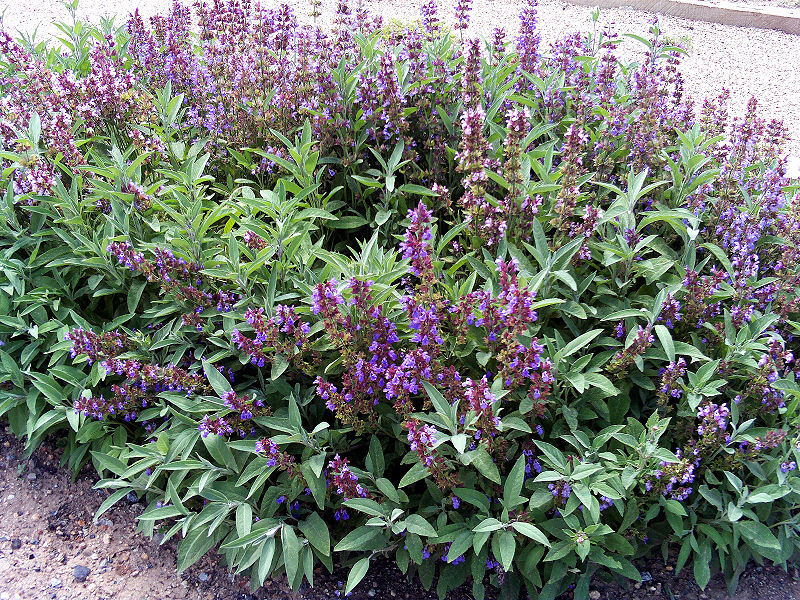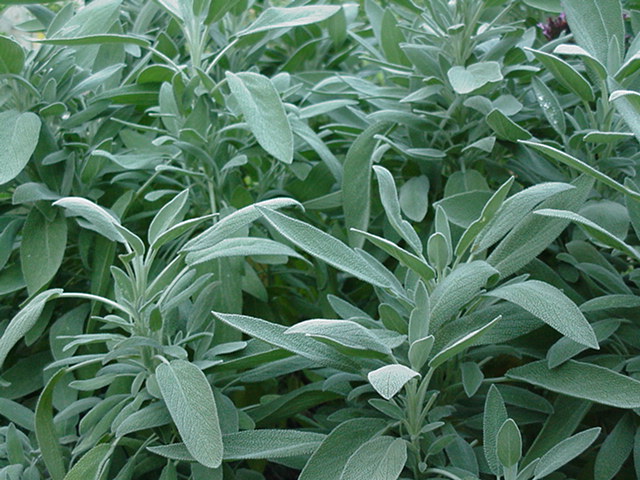Everyone knows the folksong refrain, “Parsley, sage, rosemary, and thyme.” Well, we’ve covered parsley and rosemary. Now we turn to sage!
Nearly everyone has sage in the kitchen cupboard. Sage tastes great with fatty food dishes like duck and pork. It is also great with red meats. Sage is often used in tomato sauces. Sage is a common ingredient in turkey stuffing in the United States. But the importance of sage in occult practice long predates its use in cooking.
Designated a “masculine” herb, ruled by Jupiter and associated with the element Air, sage was named by the Greeks and Romans by a derivative of the word meaning “to be saved/healed,” as salvation and health were considered two sides of the same coin. In Old English, this name became sawage which became the modern English name sage.
Ancient Greeks considered sage among the best antidotes for the ailments we now identify as ulcers, snakebites, and consumption. Arabic sorcerers – and the western alchemists influenced by Arabic magical theory – said that sage properly used could bestow immortality.
Sage is considered a nearly universal magical cure-all, able to dispel curses and bestow wisdom, clarity, health, and prosperity. A sage leaf kept with a Tarot deck will preserve it uncontaminated by negative, distracting forces. One way to break a curse with sage is to light a leaf (or handful of leaves) and then blow out the flame, allowing the embers to continue smoking. Then use the smoldering sage to draw large, counter-clockwise circles in the air. The smoke will banish the curse and bring a blessing in its stead.
IF YOU LIKED THIS POST ABOUT THE FOLKLORE & OCCULT QUALITIES ASSOCIATED WITH SAGE, CLICK HERE TO SEE MY FANTASY NOVELS IN WHICH ALL THE MAGIC AND SUPERNATURAL EVENTS ARE BASED ON AUTHENTIC MEDIEVAL-RENAISSANCE OCCULT BELIEFS AND PRACTICES.


